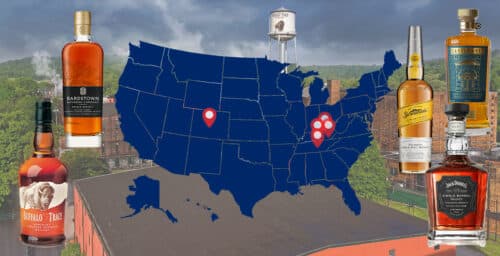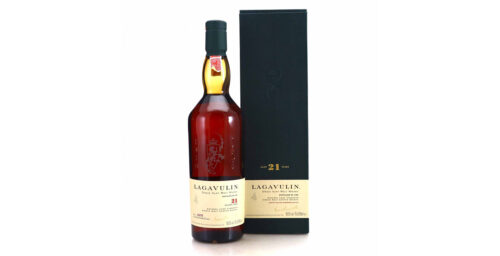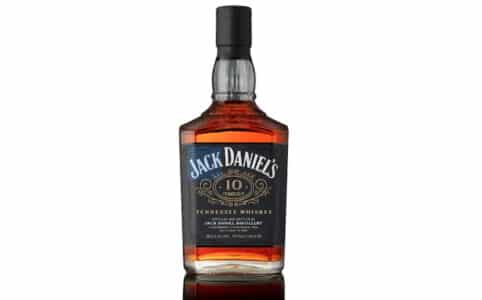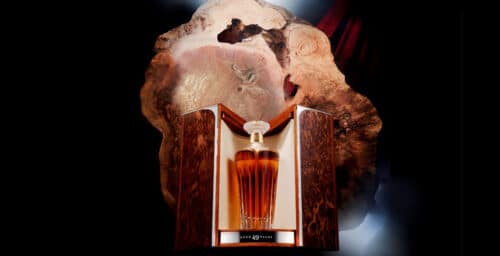Have you ever noticed that after a drink or two, your senses seem to sharpen? Your mind feels a little more relaxed; being creative and charming comes a little easier; and the world seems to have a slight effervescence about it. There’s been a notion floating around for awhile called “Ballmer Peak” that’s named after Steve Ballmer, former CEO of Microsoft, which claims that there is a correlation between blood-alcohol levels and the improvement of cognitive ability.
Now, this isn’t to say that you can have six Old Fashioneds and be the next master of tech, but you may find yourself feeling a little more on the ball whilst ordering your second round.
We tend to think less about repercussions after a few drinks, and the tendency to doubt ourselves also decreases. Whether they imbibed during the creative process is something that can be left to the imagination, but many of the great artists of the last century enjoyed whisky, and I think that it is fair to assume that these experiences bled into their works at some point.
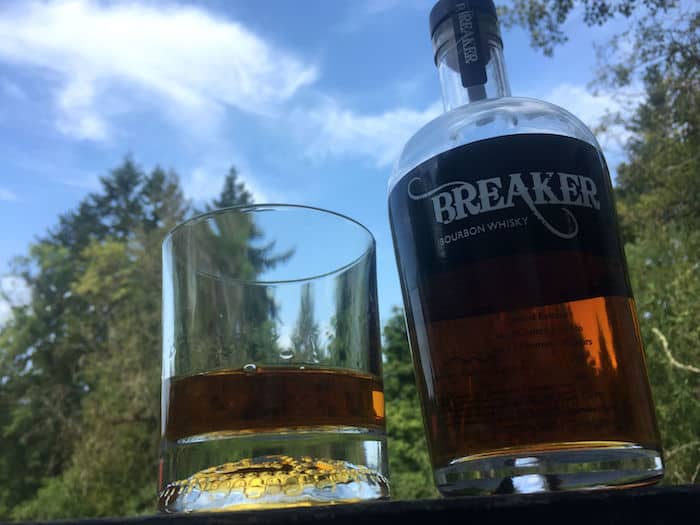
William Faulkner once said: “my own experience has been that the tools I need for my trade are paper, tobacco, food, and a little whisky.” Before falling in love with the Screwdriver cocktail, Truman Capote was known for his love of J&B blended Scotch; Dorothy Parker developed a taste for Whiskey Sours; and considering that most of his writing surrounds the experiences of dive bars, it’s no surprise that Charles Bukowski enjoyed the refreshment of a Boilermaker.
There’s something to be said about how a little intoxication can alter the way your mind behaves to the point of it feeling like the unlocking of an altered state of consciousness. “The poet makes himself a seer by a derangement of all the senses” is the profound proclamation by Arthur Rimbaud.
Given that the world looks a little differently after a few drinks, it can be fascinating to witness the juxtaposing clarity of these moments in art. Whilst the swirling strokes and dominating green tones in Vincent Van Gogh’s ‘The Drinkers’ could be a nod to his love of absinthe, it’s worth noting that the hunched over patrons are drinking dark liquid out of tumblers – something now associated with drinking bourbon.
Susi LaForsch’s painting titled Girl In A Glass #2 is a depiction of the negatives that come with whisky drinking. A woman sat on the toilet, a bottle of Jim Beam in one hand, and her head hung in what feels like shame. Whilst it’s easy to get caught up in the romanticism of links between alcohol-induced, altered mental states and creativity, we cannot forget the people who had a less than healthy relationship with the stuff. Hunter S. Thompson used to drink Chivas Regal with his morning papers, Nikola Tesla would drink whisky daily as he thought of it as an elixir to extend life, and the day before Jack Kerouac died from a haemorrhage caused by cirrhosis, he was drinking whiskey just like any other day.
The key is in balance. There are recent studies that do show the possibilities of some benefits to drinking whisky. Claudia Kawas, a neurologist at the University of California, discovered that people who drink two units of alcohol a day, may be less likely to die prematurely. There have also been other experiments that suggest the risk of strokes and heart attacks can perhaps be reduced by 50% with moderate whisky consumption.
I say the key to life is everything in small doses. As Mark Twain once said “too much of anything is bad, but too much good whiskey is barely enough” and on that note, let’s raise a glass to health and creativity!



